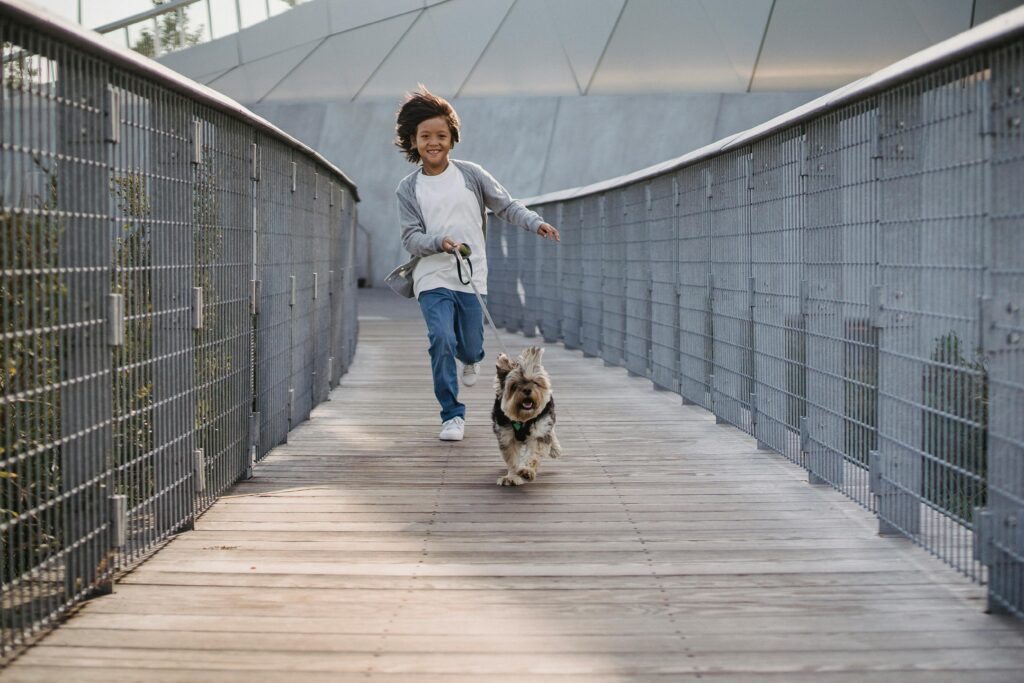The 10-minute rule for puppies is a guideline used to help ensure that your puppy receives the right amount of exercise and stimulation without becoming overwhelmed or exhausted. It provides a structured approach to physical activity, especially for young and growing puppies.
Here’s how it works…
Understanding the 10-Minute Rule
- Duration of Exercise
- The general guideline is that puppies can handle about 5 minutes of exercise per month of age. For example, a 3-month-old puppy would need around 15 minutes of exercise, while a 6-month-old puppy would need about 30 minutes.
- Limitations
- The 10-minute rule emphasizes that play and exercise sessions should not exceed this duration at a time, especially for younger puppies. Longer sessions can lead to fatigue or injury, as puppies have not yet developed the stamina or muscle strength of adult dogs.
- Puppy Growth and Development
- Puppies grow rapidly, and their joints and bones are still developing. The 10-minute rule helps prevent overexertion, which can lead to musculoskeletal problems later in life.
Application of the 10-Minute Rule
- Types of Exercise
- Activities can include leash walks, playing fetch, or engaging in interactive games. It’s important to balance structured exercise with free play.
- Multiple Sessions
- You can split the exercise into several shorter sessions throughout the day. For instance, instead of one long session, you could have three 10-minute sessions, allowing your puppy to rest and recover in between.
- Monitor Behavior
- Pay attention to your puppy’s behavior during and after exercise. Signs of fatigue include excessive panting, reluctance to play, or seeking rest. Adjust the duration of play accordingly.
- Mental Stimulation
- The 10-minute rule applies to physical exercise, but also provides mental stimulation through training, puzzle toys, and socialization. Mental activities can be done for longer periods, but still watch for signs of fatigue.
The 10-minute rule is a helpful guideline for puppy owners to ensure that their young dogs get appropriate exercise without risking overexertion or injury. By adhering to this rule, you can help promote healthy growth and development while providing your puppy with the exercise and stimulation they need. As your puppy matures and develops stamina, you can gradually increase the duration and intensity of their exercise sessions.


